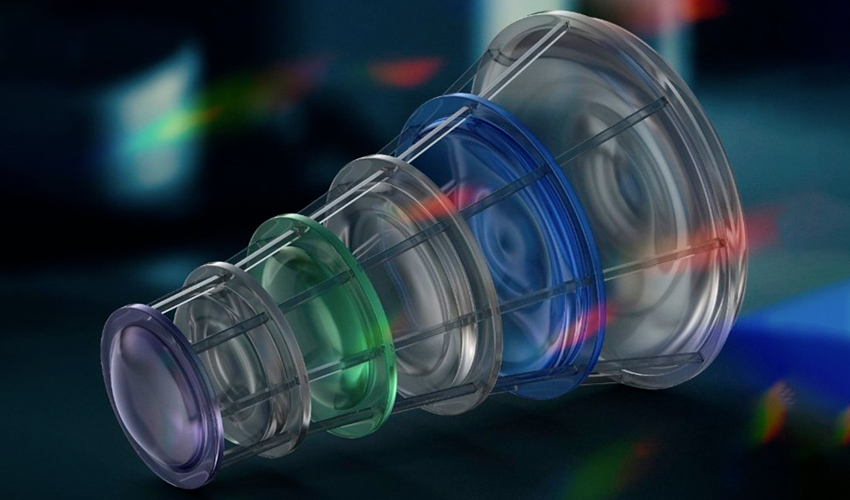Although additive manufacturing is a tool that has been democratized, it still has some limitations. The industry, for example, is experiencing a growing need for precision when it comes to end-use parts. It is particularly important for models at micro- and nanoscales. More and more micro- 3D printing solutions are being developed to meet these demands. One such companies developing this manufacturing method is Germany’s HETEROMERGE. We spoke to the company’s CEO and its founder in order to find out more about their technology and 3D printing multi-materials at a microscopic level.
3DN: Can you tell us about yourself and how 3D printing affects your life?
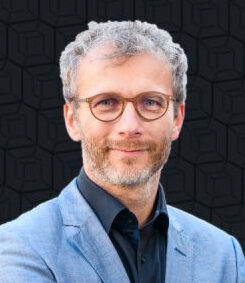
Robert Kirchner
Robert Kirchner was co-founder of HETEROMERGE GmbH and is based in Dresden. I am an electrical engineer and have received my PhD in 2011 in polymer microsystems. During and after my PhD and in particular in my professional positions such as the Fraunhofer Institute for Photonic Microsystems IPMS and the Paul Scherrer Institute, I carried out intensive research on the topics of nanoimprint lithography (also known as grayscale) and 3D-printing with 2-photon absorption based laser writing.
This research has always focused on the creation of small, functional structures. We have used advanced polymer replica techniques and created original, innovative structures to be able produce in large quantities. One recent example here is the fabrication of waveguide structures that enable today’s augmented reality glasses. In 2013, we were able to create 3D free-form structures in 3D that were extremely small but also highly precise thanks to the 2-photon printer. I’ve never forgotten the initial printing experiments.
3DN: Who is HETEROMERGE and what was the inspiration for the creation of the company?
Since my doctorate, I am passionate about functional 3D manufacturing. That passion led me to switch to additive fabrication today using our multi-material laser printhead. As part of my group’s research at the Technische Universität Dresden, we came to the point of wanting to print multi-material composite microstructures. Simple: different materials possess different physical properties. Multi-material structures can be designed to have functionality that is beyond a single type of material.
We believe that this technology could have a significant impact on the way electronic and optical devices are manufactured in the future. Since 2-photon lasers could only print one material at a given time, there was a problem with realignment when changing materials. At this point, the advantage of 2-photon microprinting with high precision is almost lost because an inferior material exchange procedure must be used. Material exchange can be time-consuming, especially if not automated. This problem has been solved by our multi-material printer head. This allows for perfect realignment following a rapid automated material change. We founded HETEROMERGE in order to commercialize the printhead technology.
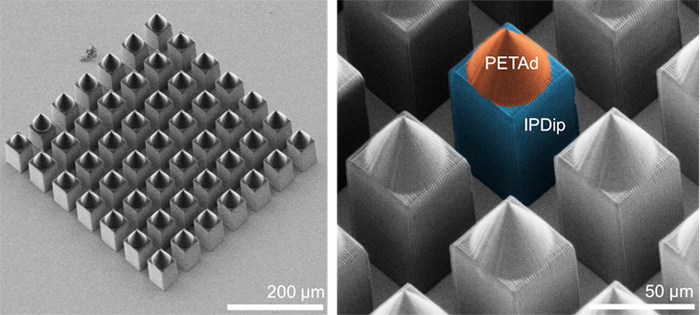
The patented 3D printing technology allows for the production of micro-needles (photo credit: HETEROMERGE).
What is the latest on micro 3D printing?
Our patented printheads technology allows for automated material exchange on site. It solves the issue of lateral realignment in 2-photon printers after material change. There is no misalignment anymore between different regions of materials. This is important for the production of high-quality microoptics. Moreover, our solution makes the exchange process much quicker and easier than ever before. Our printhead solution allows you to print directly on LEDs, lasers, or glass, without regard to the substrate. Our printhead, which is based on an open fluidic system, is not dependent on the substrate. It can therefore be used to print directly onto active components such as LEDs or lasers. We can print on a module level, or even a wafer to reach a deeper integration level.
What are the advantages? What are the applications of 3DN?
Our printhead will allow anyone printing today with a 2-photon system, or in future generations, with similar techniques, to add more functionality to their microstructures. In this way, we can be considered technology agnostic. As we call this technology, functional 3D microprinting, it will inspire first researchers and developers to drive together with us. There are many possible applications.
In fact, when we look at the current trends in commercial 2-photon laser-writing, we can see that multi-material structures are advantageous, especially for micro-optics and photonics. We also see benefits for photonics packaging, tissue engineering, medical devices, and photonics. For example, tiny lens stacks made up of lenses made from different materials could be printed. So, micro-optics could achieve better image quality than today. Our printhead technology is sure to help 2-photon writing find commercial applications not only in the areas mentioned above, but also elsewhere.
Nanoscribe has developed and optimized the add-on printheads for its Photonic Professional GT2 system. We can further develop this add-on in the future so that it is also suitable for other commercial printing system and self-built 2-photon systems.
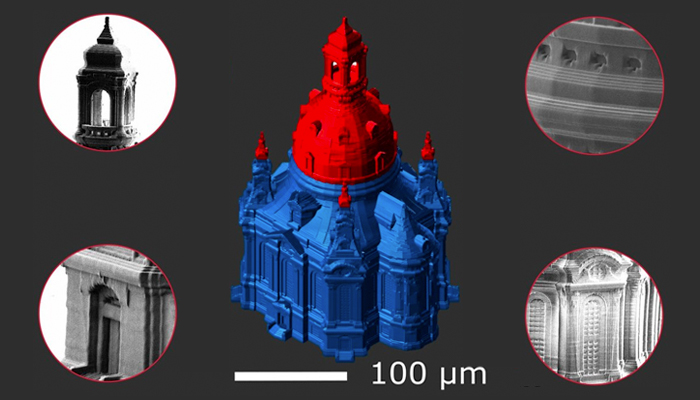
Photo Credits: HETEROMERGE
What are your predictions for additive manufacturing over the next ten years? What do you think about HETEROMERGE?
3D printing in general has been well-established within industrial production for larger structures. The 2-photon laser as a solution for micro-additive fabrication has reached the same level of maturity. We believe this will become a valuable addition to the electronics fabrication of low volume and high-mix applications, where 3D printing is able to provide very flexible manufacturing.
We see that additive manufacturing is being used to produce high-quality optical elements and components in the case of HETEROMERGE, or functional microstructures generally. Additive micro-optics could be used to create a minimally invasive medical imaging system. We aim to create AR glasses that are indistinguishable from regular glasses because of their powerful and small optic components. We also want to improve the efficiency of information processing in data centres by integrating optical fibers into chips via micro-optics printed with functional structures. We could also see the very first optical chips where we contribute functional structures. Although we know that there are many applications, we also believe we have not even imagined them. When the capabilities of 3D functional micro-printing become recognized, new markets will be created. Our journey is just beginning.
Last words from 3DN to our readers
Thank you for allowing HETEROMERGE to be briefly introduced. We would love to use this as a way to reach out to your readers that work with 2-photon writing systems, and want to print structures made of multiple materials. Anyone who doesn’t have their own printer but has an application that could use functional 3D microstructures, is welcome to get in touch with us. We’re always looking for applications to challenge our technology. More information about the company can be found HERE.
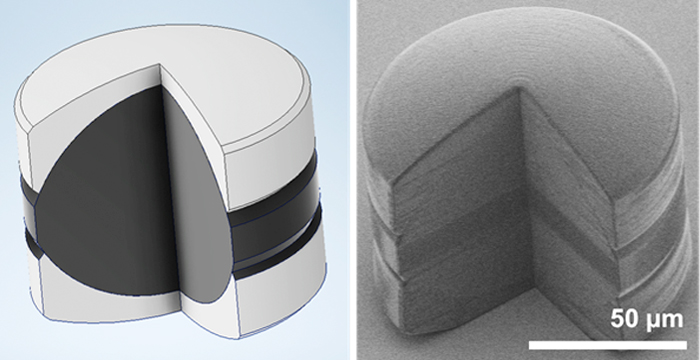
Multi-material micro-lens stack (photo credits: HETEROMERGE)
What do YOU think about HETEROMERGE’s micro 3D printer solution? Let us know in a comment below or on our LinkedIn, Facebook, and Twitter pages! Don’t forget to sign up for our free weekly Newsletter here, the latest 3D printing news straight to your inbox! You can also find all our videos on our YouTube channel.
*All Photo Credits: HETEROMERGE
